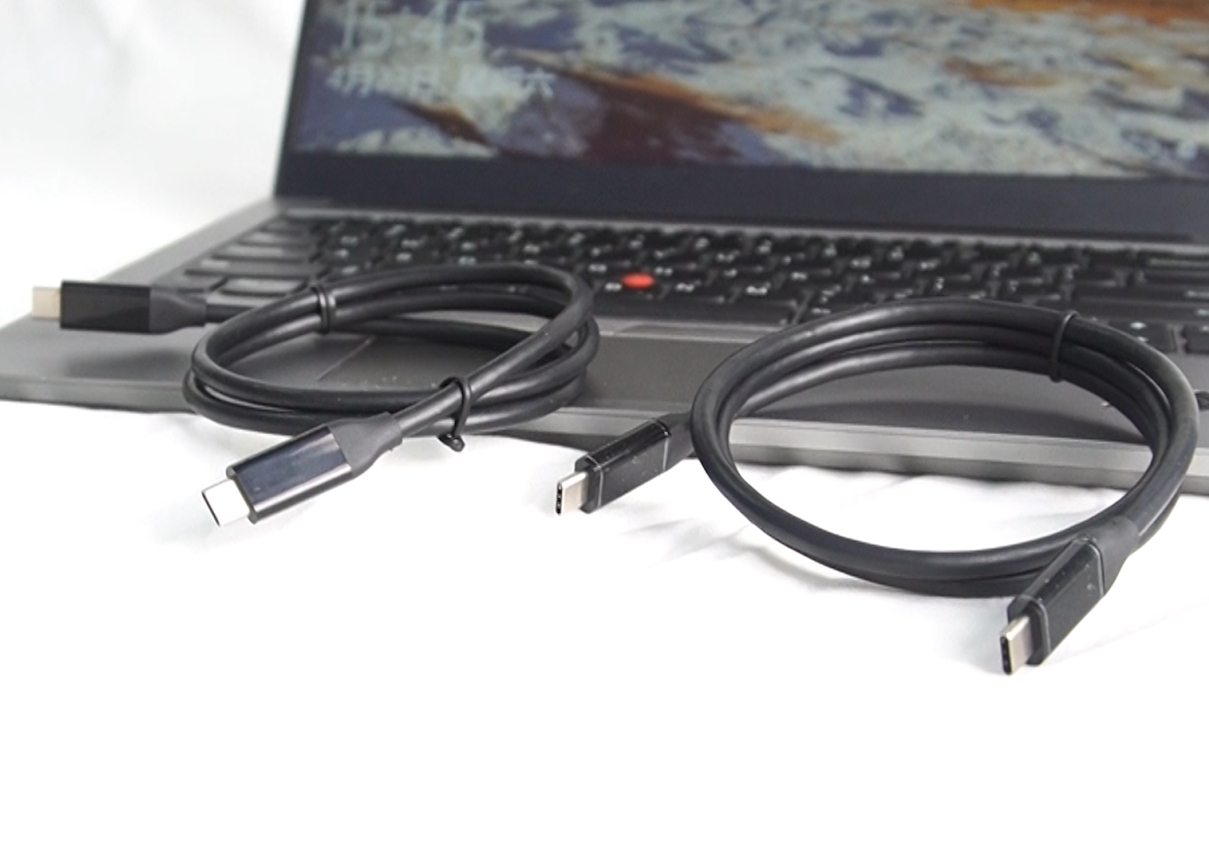
If you charge a device via USB Type-C today, the maximum you’re getting is 100W. This is set out in the specification from the USB Implementers Forum (USB-IF), but the 2.1 update(opens in new tab), released today, punches that up to 240W.
Known as Extended Power Range, or EPR, the new spec does not mean you’ll need to throw out all your chargers, as the Type-C plug itself is staying the same, along with USB 4(opens in new tab)’s data-transfer abilities, but it does mean that we’ll start to see larger laptops with USB-C as a charging option, as current 17-inch and most gaming laptops(opens in new tab) still use dedicated charging ports due to their greater thirst for power.
Monitors, too, should benefit, with the ability to send power and video signals down the same cable to larger screens(opens in new tab). We might also see the standard adopted to power peripherals such as printers and scanners, though laser printers can currently outstrip even 240W of capacity. The new Apple M1(opens in new tab) iMac, by contrast, comes with a 143W power supply that doubles as an Ethernet connection, making it a candidate for a USB-C wall connection the next time it gets a facelift.
The maximum voltage delivered over the diminutive oval plugs is rising too, as 48V is required to output 240W at 5A. This has led to a small change within the connector, as pins for power delivery and USB 2.0 support can no longer short to ground to prevent the possibility of arcing when a cable is unplugged. New EPR cables will carry an electronic mark, meaning devices can interrogate them to see how much current they’re safely capable of handling without potentially producing unwanted lightning.
